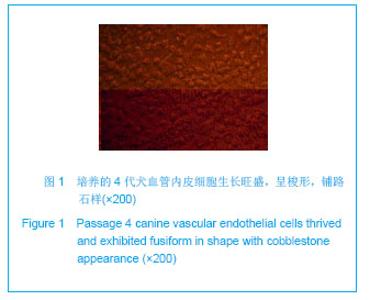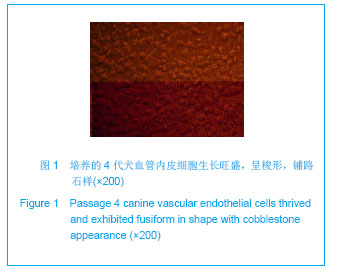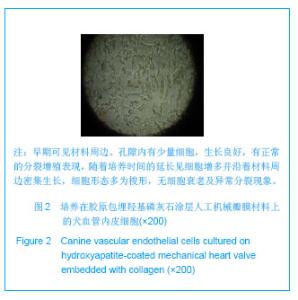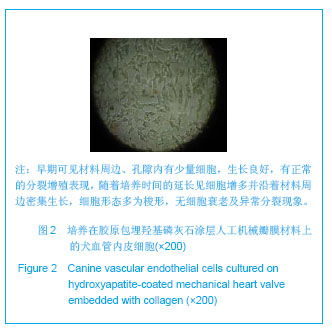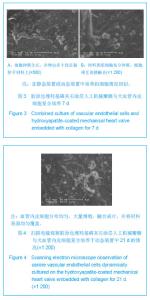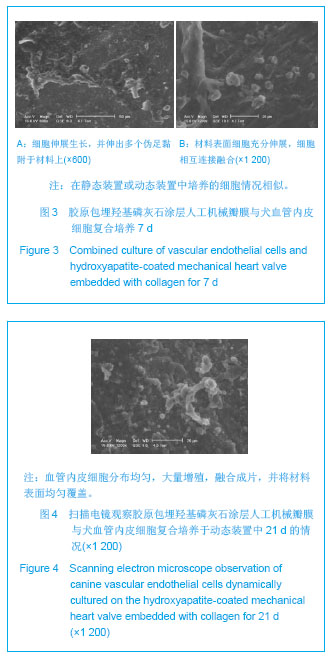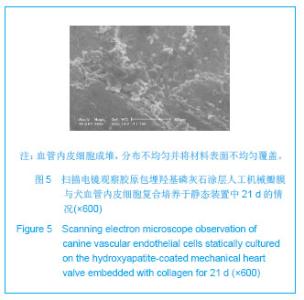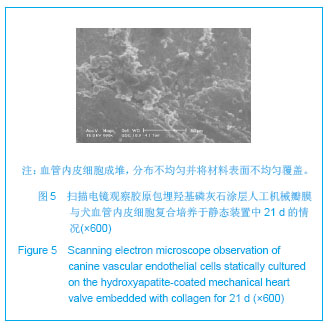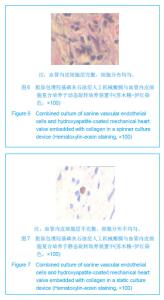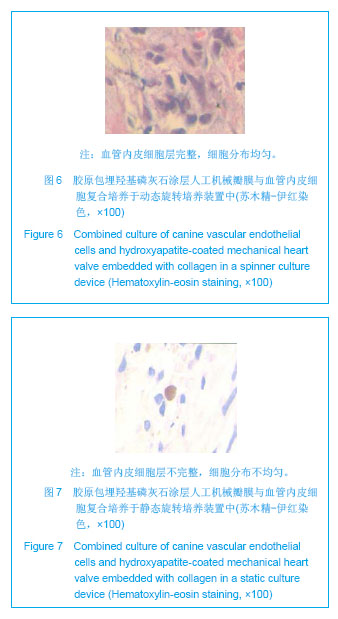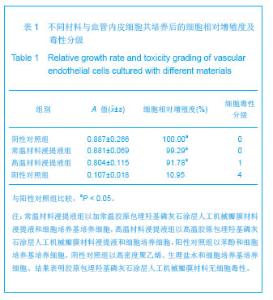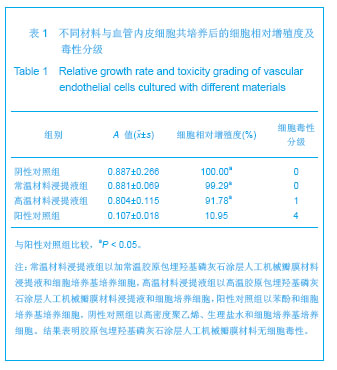| [1]Jung UW,Lee JS,Park WY,et al.Periodontal regenerative effect of a bovine hydroxyapatite/collagen block in one-wall intrabony defects in dogs: a histometric analysis.J Periodontal Implant Sci.2011;41(6):285-292. [2]Saito M,Kurosawa Y,Okuyama T.Purification of anti-Japanese encephalitis virus monoclonal antibody by ceramic hydroxyapatite chromatography without proteins a and g. Hybridoma (Larchmt).2012;31(1):68-71.[3]Zhang X,Hu J,Li Y,et al.Effects of ibandronate-hydroxyapatite on resorptive activity of osteoclasts.Arch Med Sci.2011;7(1): 53-60. [4]Shigeishi H,Takechi M,Nishimura M,et al.Clinical evaluation of novel interconnected porous hydroxyapatite ceramics (IP-CHA) in a maxillary sinus floor augmentation procedure.Dent Mater J.2012;31(1):54-60. [5]Wang S,Wen S,Shen M,et al.Aminopropyltriethoxysilane- mediated surface functionalization of hydroxyapatite nanoparticles: synthesis, characterization, and in vitro toxicity assay.Int J Nanomedicine.2011;6:3449-3459.[6]Yavkin BV,Mamin GV,Orlinskii SB,et al.Pb(3+) radiation defects in Ca(9)Pb(PO(4))(6)(OH)(2) hydroxyapatite nanoparticles studied by high-field (W-band) EPR and ENDOR.Phys Chem Chem Phys.2012;14(7):2246-2249. [7]Dimitrijevi? A,Veli?kovi? D,Bihelovi? F,et al.One-step, inexpensive high yield strategy for Candida antarctica lipase A isolation using hydroxyapatite.Bioresour Technol.2012;107: 358-362. [8]Tansavatdi K,Mangat DS.Calcium hydroxyapatite fillers.Facial Plast Surg. 2011;27(6):510-516.[9]Benlidayi ME,Tatli U,Kurkcu M,et al.Comparison of bovine-derived hydroxyapatite and autogenous bone for secondary alveolar bone grafting in patients with alveolar clefts.J Oral Maxillofac Surg.2012;70(1):e95-e102.[10]Costa-Rodrigues J,Fernandes A,Lopes MA,et al. Hydroxyapatite surface roughness: Complex modulation of the osteoclastogenesis of human precursor cells.Acta Biomater. 2012;8(3):1137-1145.[11]Gopi D,Ansari MT,Shinyjoy E,et al.Synthesis and spectroscopic characterization of magnetic hydroxyapatite nanocomposite using ultrasonic irradiation.Spectrochim Acta A Mol Biomol Spectrosc.2012;87:245-250. [12]Butz F,Bächle M,Ofer M,et al.Sinus augmentation with bovine hydroxyapatite/synthetic peptide in a sodium hyaluronate carrier (PepGen P-15 Putty): a clinical investigation of different healing times.Int J Oral Maxillofac Implants.2011; 26(6):1317-1323.[13]Wennerberg A,Jimbo R,Allard S,et al.In vivo stability of hydroxyapatite nanoparticles coated on titanium implant surfaces.Int J Oral Maxillofac Implants. 2011;26(6): 1161-1166.[14]Yang JH,Oh KJ,Pandher DS.Hydroxyapatite crystal deposition causing rapidly destructive arthropathy of the hip joint.Indian J Orthop.2011;45(6):569-572.[15]Kaushick BT,Jayakumar ND,Padmalatha O,et al.Treatment of human periodontal infrabony defects with hydroxyapatite + β tricalcium phosphate bone graft alone and in combination with platelet rich plasma: a randomized clinical trial.Indian J Dent Res. 2011;22(4):505-510.[16]Poinern GJ,Brundavanam R,Le XT, et al.Thermal and ultrasonic influence in the formation of nanometer scale hydroxyapatite bio-ceramic.Int J Nanomedicine. 2011; 6: 2083-2095.[17]Park SJ,Jang JM.Electrodeposition of hydroxyapatite nanoparticles onto ultra-fine TiO2 nanotube layer by electrochemical reaction in mixed electrolyte.J Nanosci Nanotechnol.2011;11(8):7167-7171.[18]Ahmed R,Faisal NH,Paradowska AM,et al.Neutron diffraction residual strain measurements in nanostructured hydroxyapatite coatings for orthopaedic implants.J Mech Behav Biomed Mater.2011;4(8):2043-2054. [19]Anderson JM,Patterson JL,Vines JB,et al.Biphasic peptide amphiphile nanomatrix embedded with hydroxyapatite nanoparticles for stimulated osteoinductive response.ACS Nano.2011;5(12):9463-9479.[20]Ozeki K,Aoki H,Masuzawa T.Characterization of a hydroxyapatite sputtered film subject to hydrothermal treatment using FE-SEM and STEM.Biomed Mater Eng. 2011;21(3):179-189.[21]Heinemann S,Heinemann C,Jäger M,et al.Effect of silica and hydroxyapatite mineralization on the mechanical properties and the biocompatibility of nanocomposite collagen scaffolds.ACS Appl Mater Interfaces.2011;3(11):4323-4331.[22]Kasuga E, Kawakami Y, Matsumoto T,et al.Bactericidal activities of woven cotton and nonwoven polypropylene fabrics coated with hydroxyapatite-binding silver/titanium dioxide ceramic nanocomposite "Earth-plus".Int J Nanomedicine. 2011;6:1937-1943.[23]Roy M,Bandyopadhyay A,Bose S.Induction plasma sprayed Sr and Mg doped nano hydroxyapatite coatings on Ti for bone implant.J Biomed Mater Res B Appl Biomater. 2011;99(2): 258-265.[24]Zavgorodniy AV,Borrero-López O,Hoffman M,et al.Mechanical stability of two-step chemically deposited hydroxyapatite coating on Ti substrate: effects of various surface pretreatments. J Biomed Mater Res B Appl Biomater. 2011; 99(1):58-69.[25]Friddle RW,Battle K,Trubetskoy V,et al.Single-molecule determination of the face-specific adsorption of Amelogenin's C-terminus on hydroxyapatite.Angew Chem Int Ed Engl.2011; 50(33):7541-7545.[26]Cai L,Guinn AS,Wang S.Exposed hydroxyapatite particles on the surface of photo-crosslinked nanocomposites for promoting MC3T3 cell proliferation and differentiation.Acta Biomater.2011;7(5):2185-2199. |
